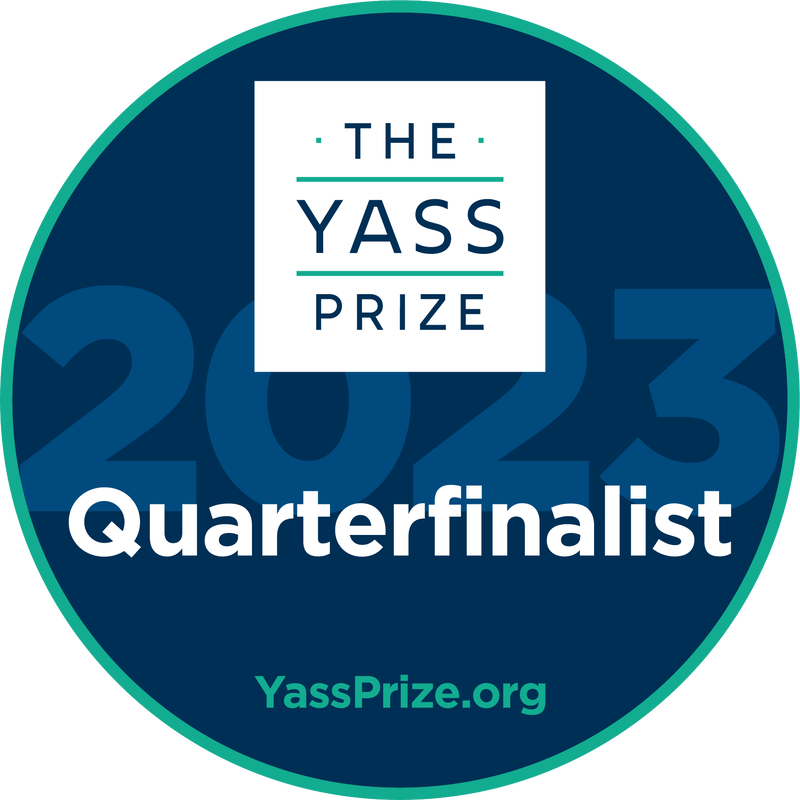|
Our brains are busy bodies. They are continuously gathering, categorizing and reacting to input from all our sensing organs simultaneously. Below our level of awareness our brains ask two questions of every data bit - will it harm me or will it help me? We're usually unaware of this continuously running underlying analysis until, for example, we're out hiking and suddenly our bodies startle at the sight of a curvy stick our brain instantaneously categorized as "snake-shaped" or we overhear a phrase of music while in full conversation at a restaurant and our brain spontaneously created the image of a happily remembered vacation spot. Our brain is adamant about protecting and nourishing its carrying case. Kids' brains analyze every bit of incoming data the same way: will it harm me or help me? A sense of harm produces varying amounts of the hormones cortisol and adrenaline which divert oxygen-rich blood from thinking areas of the brain to the reaction areas. Run away! Sensing helpfulness, trust or doable challenges, brains produce the feel-good hormones dopamine, serotonin, oxytocin and endorphins. Protect-from-harm hormones narrow learning capacity in exchange for immediate survival while feel good hormones open learning capacity for future benefit because it's safe to do so. Actions and attitudes that either open or narrow learning capacity:
Schools such as The Innovation School, where kindness, consideration and mutual respect are as evident in the curriculum and environment as math and reading, have the effect of opening wide the almost unlimited capacity for learning and productive application of that learning in every child.
1 Comment
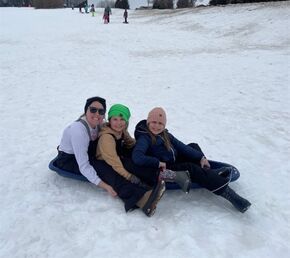 As educators, we are constantly juggling multiple things. Academics, social skills and behavior are some of my top priorities. I strongly believe in helping my students in these areas, and I work hard every day to do so. However, I’ve always believed there has to be an element of fun. Otherwise, why would they want to do it?! We live in an achievement based world, where we’re always striving for more and more. I don’t necessarily think that’s a bad thing. Drive and ambition are great traits and necessary for success. I just think we can sprinkle some fun into that mix! We take time at The Innovation School to play. In fact, it’s one of our core values (projects, passions, peers, and play). Winter provides a great opportunity for fun. We go sledding, cross country skiing, and downhill skiing. We cozy up afterwards and drink hot chocolate. Not only is this good old fashioned fun, but it also allows for authentic opportunities for teamwork, exercise, problem solving, bravery, and many more life skills. Let them be kids, let them have fun!
 The variety of options for public and private education in the United States has come a long way since the founding of the Boston Latin School (the first public school founded in the United States) in 1635. The Boston Latin School still operates to this day, along with over 130,000 other public schools and nearly 35,000 private schools across the country. With so many options for public and private education, what sets the Reggio Emilia approach apart? It starts with collaboration, critical thinking and the role that the classroom environment plays in both. 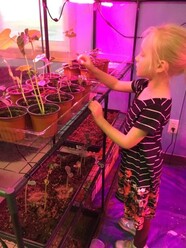 In many classroom settings, educators are responsible for working within a classroom environment that is a reflection of a curriculum that is pre-written, paced and predictable. Each day of predetermined instruction is delivered in a classroom. The instruction happens - but is the learning authentic? Does it connect to the interests and strengths of the educators and students? Does the classroom environment change and evolve to reflect the students and educators - to, in a way, come to “life” as a Third Teacher? Often times, pacing guides and “practical” instruction no longer allows for this natural growth of the classroom environment. When the classroom environment is permitted to grow and change along with the educators and students, the atmosphere of the classroom is flexible, engaging and authentic. 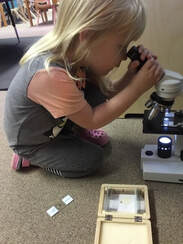 Not only is the classroom conducive to collaborative learning between teachers and peers, it is also representative of the interests and lives of the students (and teachers!) who are a part of the classroom community. Students enjoy the experience of working hands-on with materials that connect directly to their current learning, and they are able to revisit prior learning as many projects and materials from our previous Inquiry Blocks remain accessible in the classroom throughout the school year. They are able to move naturally from each area of the classroom to the next as their interests come and go, each minute of their activity focused on learning from their environment and from each other. In our classroom, we may be learning about many different topics each day as we follow the interests of our students and as we work within the framework of our Inquiry Block that outlines ideas for research, project work and discussions. There is so much value in our discussions, our projects, our collaborations and our research - and none of these things would be as rich as they are without our classroom environment supporting everything that we do at school each day. A lesson doesn’t stop after a set period of instruction - the learning is taken into the hands of the students as they carry on with their learning through utilizing the materials that interest them most. 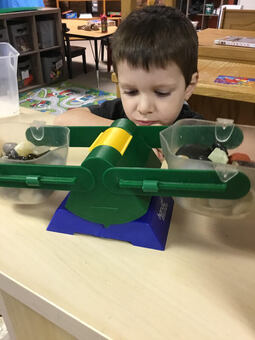 When learning about dinosaurs, some students may expand their learning through utilizing a variety of dinosaur figurines in our sensory bins. Other students will focus on drawing dinosaurs and labeling them by name. The class may become interested in the asteroid that hit Earth that led to the extinction of dinosaurs, and we will work together on an asteroid impact science experiment using materials in our classroom kitchen. Students may also be found at the puppet theater with puppets they have created of different dinosaurs, acting out life as a dinosaur, the extinction event or perhaps a mix of fact and fiction as their imaginations take them on an adventure. The possibilities are endless when the Third Teacher is thriving! 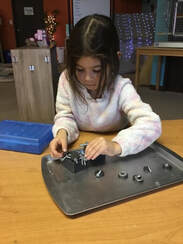 One of the most meaningful benefits of allowing children to shape their learning environments as they grow is that they will learn to see the world with more wonder, to keep their curiosity throughout their childhood, into their adolescence and eventually, into adulthood. Every environment, to them, becomes an opportunity for learning - because they know they have the ability and confidence to shape it. Learning doesn’t always happen within the indoor classroom environment. It can (and should!) be taken to many different places. Some of our most memorable learning at TIS Jr has taken place in the “outdoor classroom”. Indeed - the outdoors provides some of the best opportunities for learning! Long before toys, modern playgrounds and other forms of entertainment, the outdoors was all children needed for learning through hands-on play. The importance of the First Teacher (the parent or guardian of a child) and the Second Teacher (the classroom teacher) are undoubtedly important in the lives of each child. Through the Third Teacher (the environment in which a child learns), we are able to see all of the support and collaboration of the First and Second Teachers reach full potential. Children need the freedom to appreciate the infinite resources of their hands, their eyes, and their ears, the resources of forms, materials, sounds and colors. - Loris Malaguzzi (Founder of the Reggio Emilia Approach)
To begin setting daily intentions, our discussion begins by asking ourselves what we hope to accomplish or how we would simply act during the day. What do you want to accomplish today? How do you want to engage with others today? How do you want to treat yourself and others today? Once we establish our intention or focus for the day, we make an action plan. What will it look like in action? What does it sound like? How will our intentions change the course of our day? After using this practice for a couple of months, we added a grateful journal. The journal is helping us appreciate the big and little things life has to offer. After returning from Christmas break, we chose one word to focus on in 2022. After much discussion and making a list of words, we chose a word that spoke to each of us. The words, worthy, care, kind, believe, fearless, creative, lead, focus and action were chosen. After decorating a poster with our word, we displayed them on our door. As we enter our room, we touch and read our word to remind us of our commitment to ourselves. The students in the Blue Band (3rd-5th grade) are thoughtful, curious, and expressive. By practicing their intentions, they are identifying their unique place in the world. I’m proud to be alongside them on this journey.
One of my favorite things at The Innovation School is inquiry. It is essentially asking questions and figuring things out as we go. I love inquiry because it is the closest thing we get to life in school. Throughout the year, we have different inquiry blocks or themes. I have some guiding questions and ideas and I let the students decide where we take our learning and projects. I generally propose ideas, conversations, activities, and field trips to trigger their curiosity. I metaphorically ‘drive the bus’ and the students learn along the way, getting what they want and need at each ‘stop’. Recently, I have been experimenting with the inquiry process. Not because I saw a problem with it but I feel like there is something missing and I do not know what that something is. In December, I observed one of my students doing some work on the side when he had extra time during the day. (My students have been creating their own schedules through learning tasks and learning opportunities each week. Their time varies and fluctuates for each student.) He would finish his tasks and eagerly grab his computer. He was so engrossed in what he was doing and I knew it was some kind of work. I watched him more closely. Day after day, he would absorb YouTube videos, writing notes, looking up things, pausing his video to check our space for supplies. I finally asked him what he was working on; he shared he wanted to learn how to build an arcade machine. His notes contained the supplies and materials to purchase, as well as steps and instructions he was gaining from his tutorial videos. I did not tell him to get a notebook or take notes. I did not tell him to find something to do when he was done with his tasks. I did not tell him to do anything he was doing. He just knew to do it because he wanted so badly to build this machine. I was fascinated and intrigued. This is what I have been wanting for children: learning by living, learning on their own accord while I can decipher all the skills they are gaining. They are just doing the work. I can prompt them later for the reflection on skills and add standards to their creations. I want kids to explore any learning that inspires them to the point they do it outside of our time together. (He shared with me this week that he was working on it at home because he likes it so much.) I did not make him do this or even give him this idea. It was all him. I know all kids can do this. I have read about it and seen glimpses of it at my previous school and rays here at TIS. But now, with this happening organically, I am jumping at the chance to hand over the steering wheel. I asked all the students to decide what they wanted to learn, do, be. Add something to their knowledge, create something, anything. While some were quick to come up with ideas, others needed more one-on-one conversations to choose an exploration. So far the students have been working on these things:
My students are aged 11-14 and will need guidance, support, and ideas for a path forward. Along the way they will...… - get stuck and want to give up; I will be the cheerleader. - not know what to do next; I will brainstorm ideas and ask questions. - need money to create and bring to life their work; I will show them how to write grants and do fundraising. … - make mistakes along the way; I will be there to listen and remind them this is how we learn. … - lose hope and not believe they can do it; I will show them how far they have come. - be proud of their work and themselves and I will be too. Each child has gifts and strengths to explore. It is only my job to let them. Learning is a byproduct of living. If I can get out of their way and let them live, they will learn. Learning is not something we impose upon children. We have thought this for years and it is time to stop. Children will learn what they want to and need to when the time is right. I will continue to play different roles when it comes to being their teacher. But I know the driver will not be one I take often, if ever. It is a seat I have given up to watch them live their lives. The backseat is a beautiful place to be when I get to watch these minds at work. It can be difficult when I have so much more experience. I catch myself trying to help too much. I quietly remind myself they need the experience, the lessons, the work in order to gain life. All of this reflection started with me observing one student more closely. Allowing students to live the way they want (learn what they want). The Innovation School middle school will continue to be a place of learning by living. I will continue to shift myself to the backseat so the young people can live and learn and I get to go along for the beautiful, amazing ride.
|
TIS StakeholdersA collection of thoughts, ideas and reflections from our educators, students, and families. Archives
September 2023
Categories |

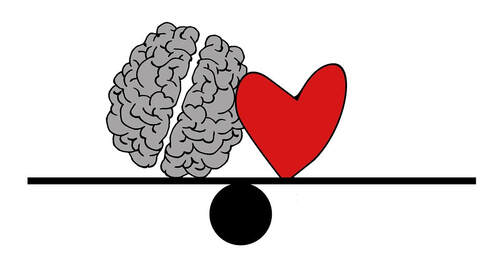
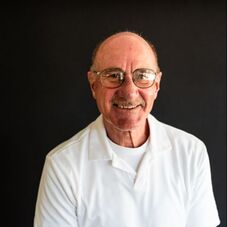
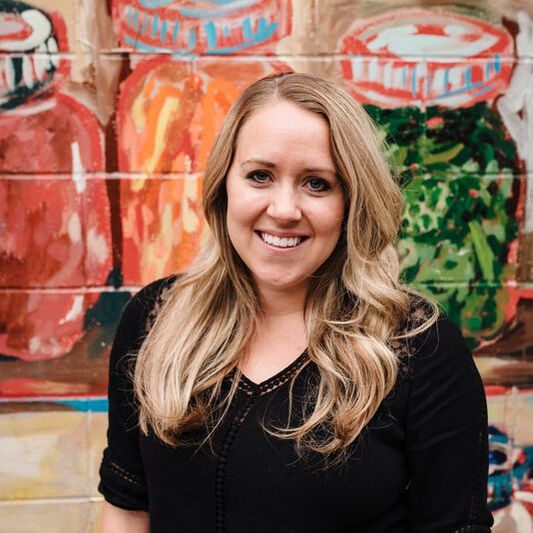
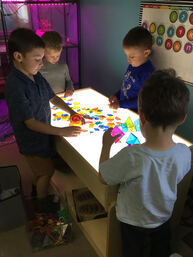
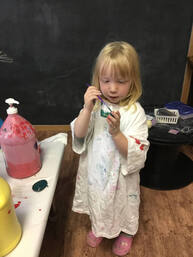
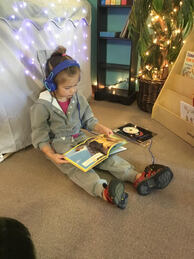
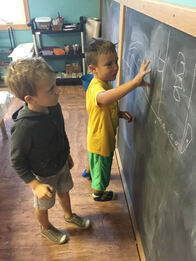
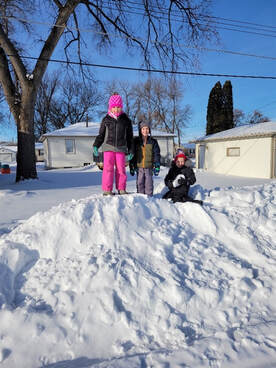
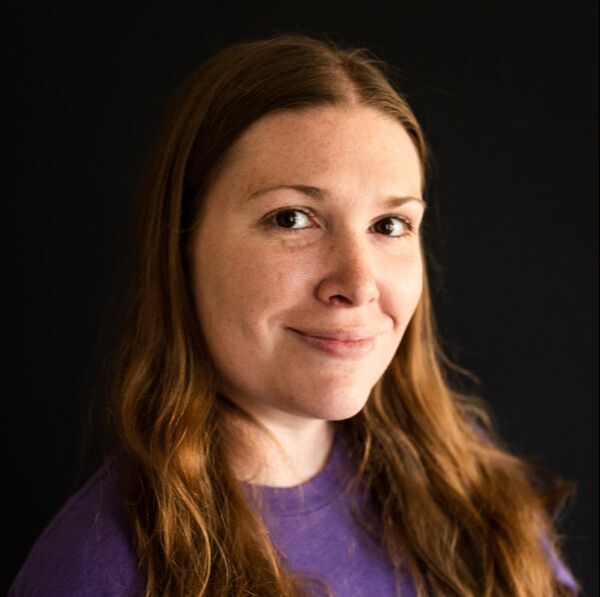
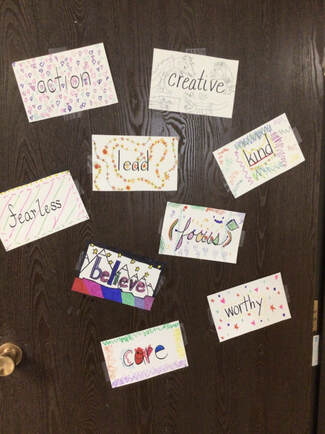
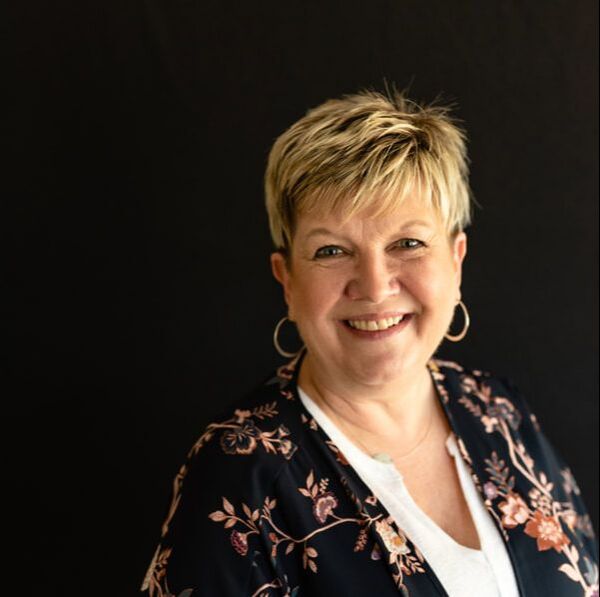
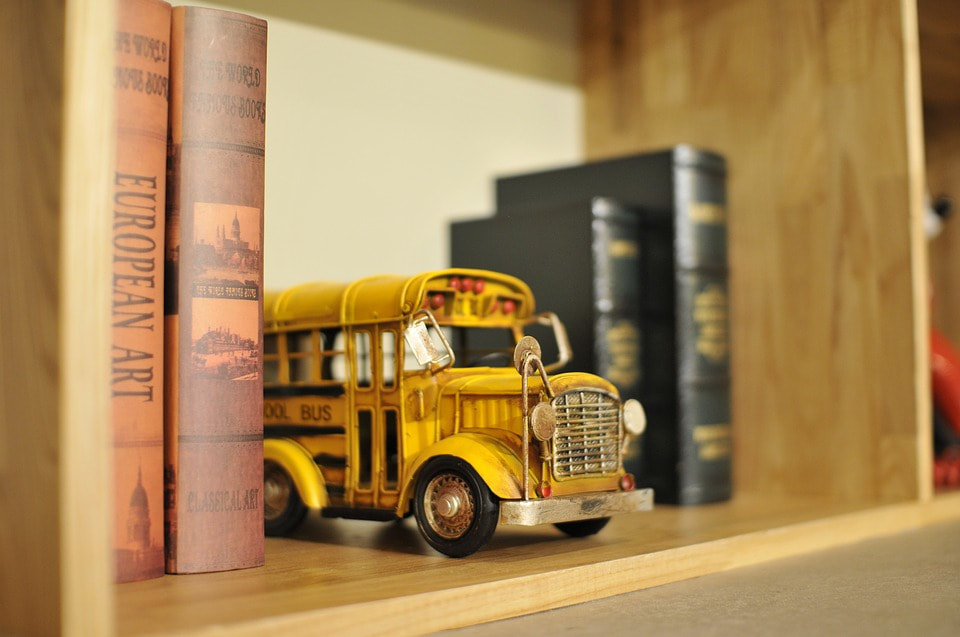
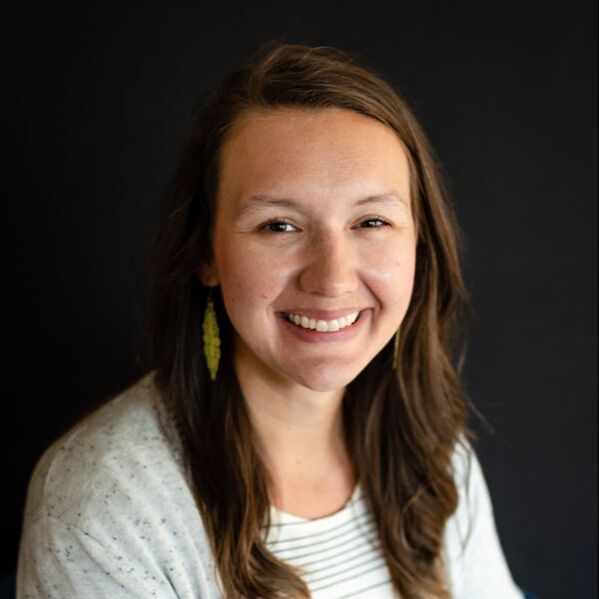
 RSS Feed
RSS Feed
